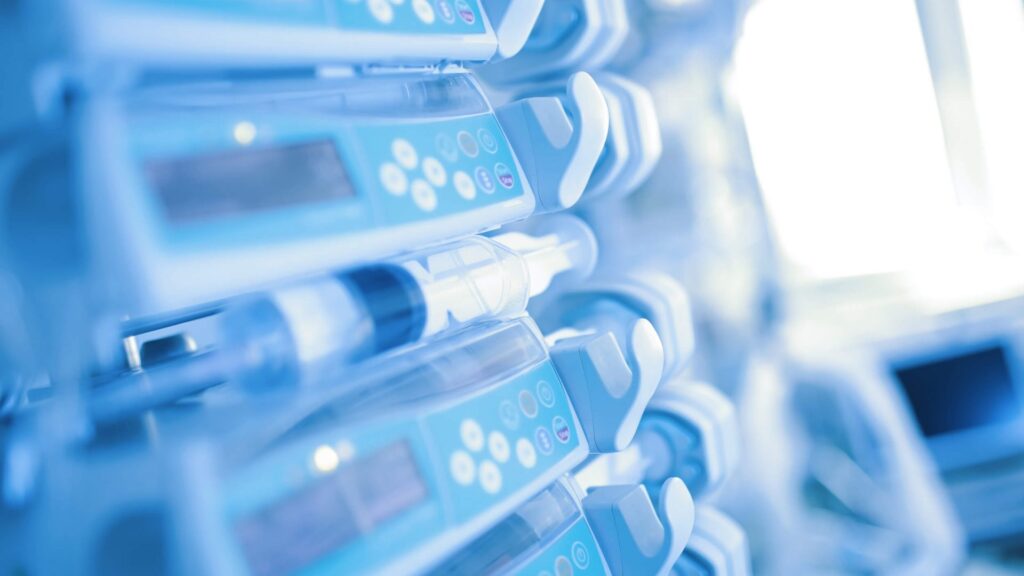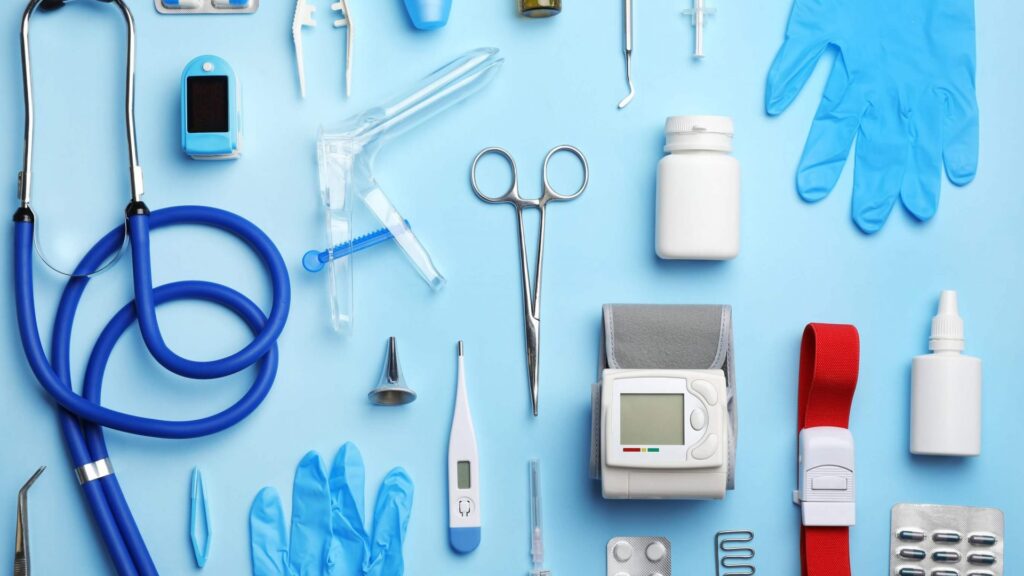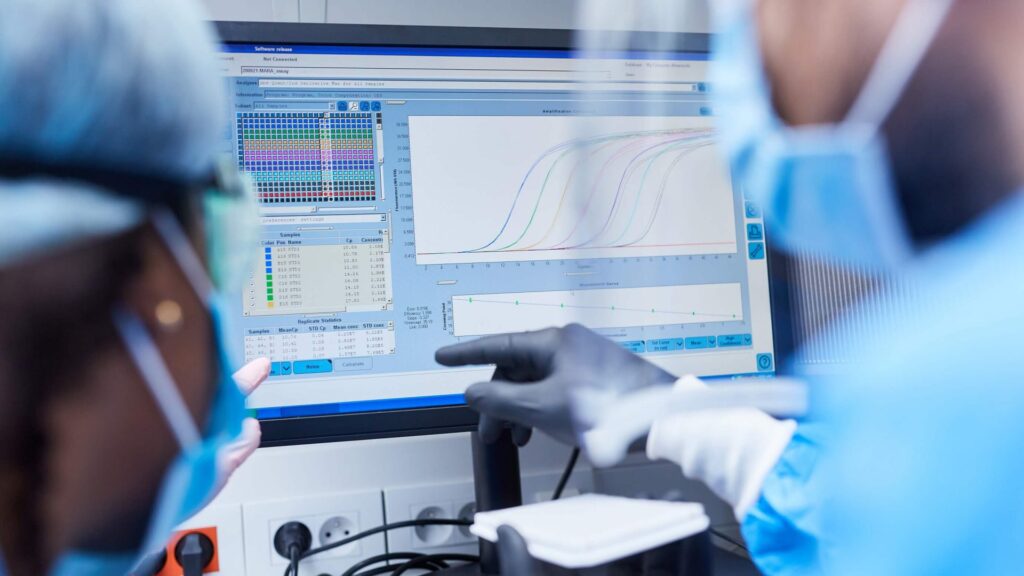How to determine if your product is a medical device according to the FDA?
Overseeing and classifying medical devices has a long history in the US. In the 1960s’ and 1970s’ the Food and Drug Administration issued several Medical Device Amendments to the Federal Food, Drug, and Cosmetic Act which has been in place since 1906 when it was signed by President Theodore Roosevelt.
Later – in 1990 – the regulations for medical devices were further contracted by the Safe Medical Devices Act that improved post-market surveillance of medical devices, determined the performance standards for such products and gave the FDA the rights to order device recalls and issue penalties for violating any of the Acts regulating the medical device market.
In this article, I’d like to analyse how a medical device is defined by the Food and Drug Administration now and how you can check if the product you manufacture can be identified as such. Please note that the blog post has been edited in collaboration with Director of Healthcare and Life Sciences at Spyrosoft, Krzysztof Minicki.
How is a medical device defined according to FDA?
This is how the FDA defines a medical device in the Food, Drug, and Cosmetic Act:
‘Per Section 201(h) of the Food, Drug, and Cosmetic Act, a device is:
An instrument, apparatus, implement, machine, contrivance, implant, in vitro reagent, or other similar or related article, including a component part, or accessory which is:
- recognized in the official National Formulary, or the United States Pharmacopoeia, or any supplement to them,
- intended for use in the diagnosis of disease or other conditions, or in the cure, mitigation, treatment, or prevention of disease, in man or other animals, or
- intended to affect the structure or any function of the body of man or other animals, and which does not achieve its primary intended purposes through chemical action within or on the body of man or other animals and
- which does not achieve its primary intended purposes through chemical action within or on the body of man or other animals and which is not dependent upon being metabolized for the achievement of its primary intended purposes. The term “device” does not include software functions excluded pursuant to section 520(o).
Why do you need to determine if your product is a medical device? And why do you need to classify it?
There at least 2 steps that you can take to identify whether your product is a medical device and then correctly assign it to a certain class of these devices.
Step 1: Validate your product against the FDA definition
Validating your product against the FDA definition of a medical device that I mentioned above is the first step of the process. The easiest method to do that is by identifying the intended use(s) of the product and the indications of using it.
In short, the intended use is the reason why and how the device would be used, the general purpose of it. The list of indications should include conditions or illnesses the device will diagnose, prevent, mitigate or cure, with the description of the patient population that could use the device.
Make sure that you have the intended use and its indications documented before you move onto step 2 of the validation process. Developing a regulatory strategy to help you assess the risk and correctly classify your product right from the start, will be also an advantage.
Step 2: Check for appropriate product classification
There are at least 3 methods for checking how you should classify your medical device. I’m listing all of them below.
Method 1 – Product Classification Database search
This method is straightforward, but I’ll explain in it a few steps. First, you need to visit FDA Product Classification Database to determine whether there’s existing classification your product may fit into.
Please note that you may need to use both Quick Search and Advanced Search and enter at least a few search keywords until you’ll find the right ones.
Method 2 – Comparing similar devices
If you know any devices that are similar to your product, the search will be fairly easy. You can type, for example,its name, code, device class and regulation number, and base your product’s identification on the results.
If you don’t know any products that may fit into the same category, you can also look through databases that are created for premarket devices in low to moderate risk class, namely Premarket Approval (PMA), Premarket Notification 510(k) and De Novo. There’s also the Humanitarian Device Exemption (HDE) created for devices aimed at diagnosing, curing and mitigating rare diseases or conditions.
Method 3 – Device listing information
There is also a third method of checking the classification of your product. Visit the Establishment Registration and Device Listing database and check for medical device manufacturers registered with the FDA and the products they release onto the market.
Recommended reading: How to classify software as a medical device according to the FDA and FDA Level of Concern: An Introduction to the FDA’s Regulation of Medical Devices.
How to check if your product is Software as a Medical Device?
If your product is a stand-alone application that may or may not be used as a part of a larger device, it may be classified as a Software as Medical Device (SaMD). Please note that this term and the requirements for SaMD products is regulated by the International Medical Device Regulators Forum – a voluntary group of healthcare professionals with the goal of unifying the medical device regulations worldwide.
Follow this link to learn more about SaMD and establish if your product can be classified as such >>> Software as a Medical Device: what you need to know in 2022
Regulations for mobile applications
It’s important to note that your mobile application may be classified as Software as a Medical Device – if that’s the case, take a look at the paragraph above. If it’s a standalone app available on hand-held device or as a web application sending data as a server that can be used independently of any medical device (so it wouldn’t be classified as Software in Medical Device), then your next step is validating whether it’s a mobile medical application which as a rule, are regulated similarly to medical devices. Check the FDA guidelines for mobile medical applications for more information.
Regulations for General Wellness products
If your product poses a low risk to patients and is for general wellness use only, it may not need to be recognised as a medical device. It may still be standardised under Consumer Product Safety Commission (CSPC) regulations, so make sure that you contact the Commission before releasing the product onto the market. This also applies to low-risk combination products, so if you have any hesitations about how you should classify your product, reach out to the CPSC or the FDA (if necessary).
Regulations for drug administration products
If your device is used for therapeutic and/or diagnostic purposes and administering drugs and biological products, it may be designated as a combination device (please see above). If so, you need to refer to the FDA’s Combination Products guidelines.
Over to you
If you need support in developing a regulatory strategy or a list of intended uses with indications for your product, please do not hesitate to contact our Healthcare and Life Sciences team at Spyrosoft. Our specialists can help you prepare the necessary documentation and walk you through the validation process. If you already know about any devices similar to your product, please add this information to your initial message.
About the author
RECOMMENDED ARTICLES
CONTACT US




